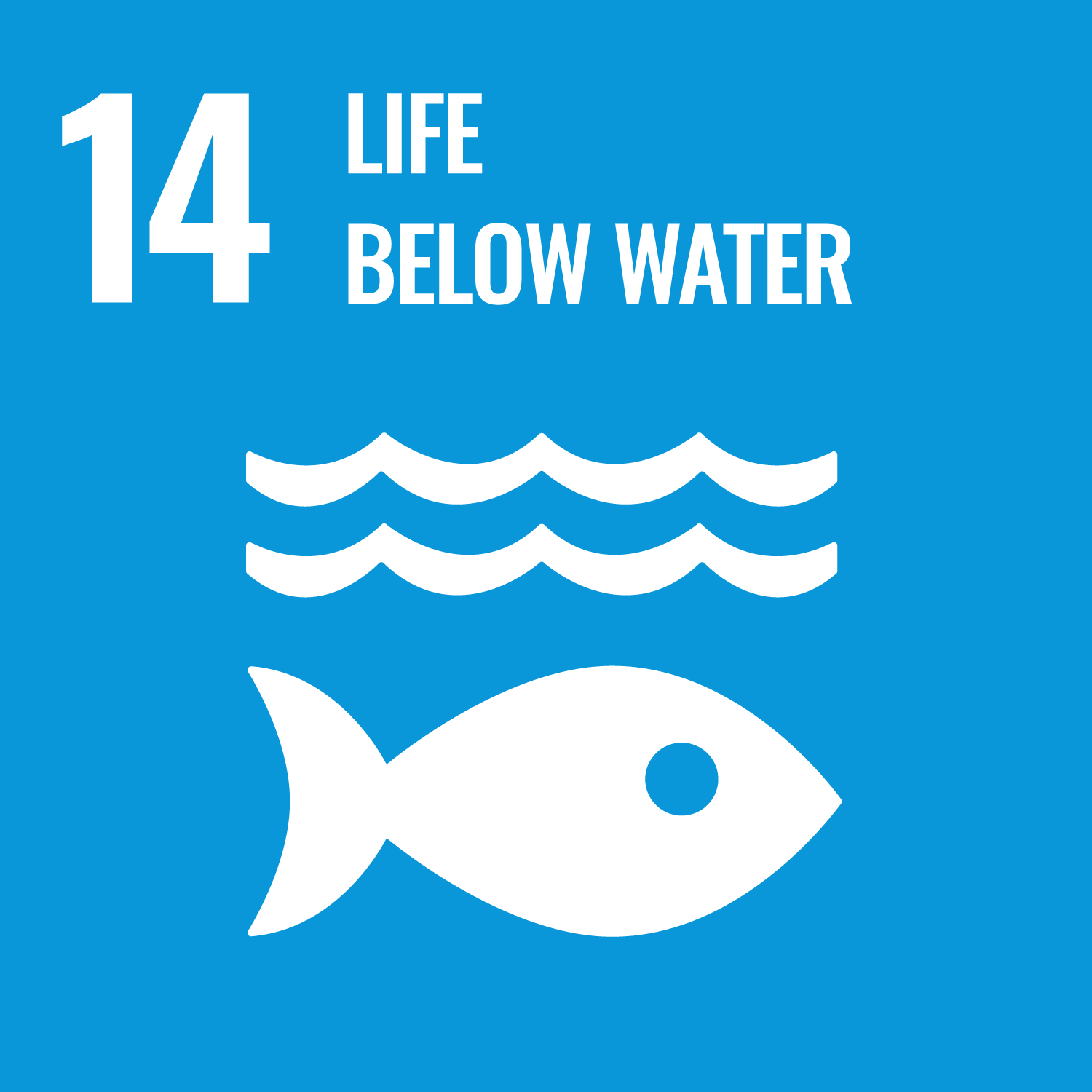ORCID
- Andrew Turner: 0000-0003-0505-4561
Abstract
The cytotoxic drug, cisplatin (cis-PtCl(2)(NH(3))(2)), has been added to cultures of the marine macroalga, Ulva lactuca, under various experimental conditions. Both accumulation and internalisation over a 48 h period was greater when cisplatin was added to coastal sea water (salinity = 33) from a distilled water solution than when added to either sea water or estuarine water (salinity = 16.5) from a saline solution. This effect is attributed to the greater abundance of the more reactive monoaqua complex (cis-PtCl(OH(2))(NH(3))(2)(+)) in the distilled water solution and kinetic constraints on its conversion back to cis-PtCl(2)(NH(3))(2) in sea water. Despite its mode of action at the cellular level, cisplatin added up to concentrations of 150 nM did not incur a measurable reduction in the efficiency of photochemical energy conversion under any of experimental conditions tested.
DOI Link
Publication Date
2011-01-01
Publication Title
Environ Pollut
Volume
159
Issue
12
ISSN
0269-7491
Acceptance Date
2011-08-08
Keywords
Antineoplastic Agents, Cisplatin, Environmental Monitoring, Seawater, Seaweed, Ulva, Water Pollutants, Chemical
First Page
3504
Last Page
3508
Recommended Citation
Easton, C., Turner, A., & Sewell, G. (2011) 'An evaluation of the toxicity and bioaccumulation of cisplatin in the marine environment using the macroalga, Ulva lactuca.', Environ Pollut, 159(12), pp. 3504-3508. Available at: 10.1016/j.envpol.2011.08.018


